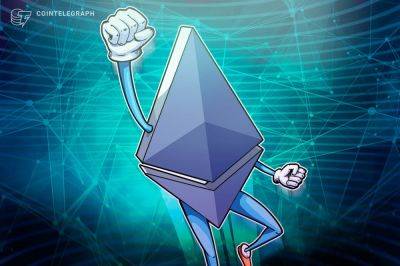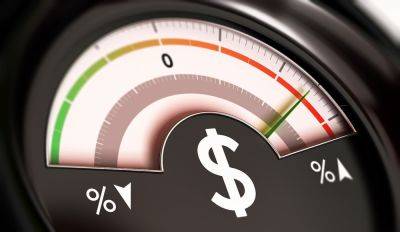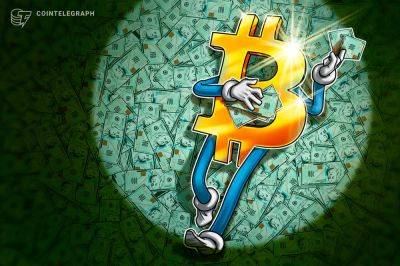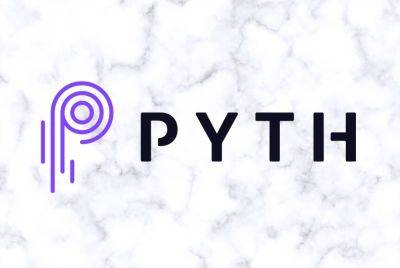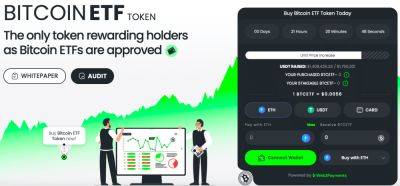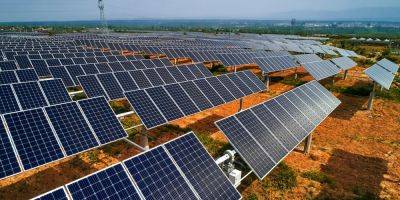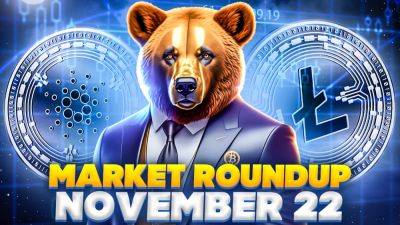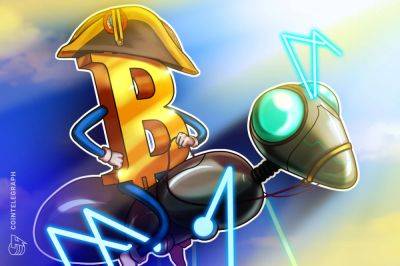Why is Solana (SOL) price down today?
Solana’s native token, SOL (SOL), experienced a remarkable 58.6% surge in just five days, reaching a $64 high on Nov. 11. However, the subsequent two-day retracement of 11.3% to $54 has prompted investors to question whether this signals a fading bullish momentum or merely a temporary price adjustment.
To put SOL’s performance into context, it can be compared with other leading altcoins. Since its peak on Nov. 11, Avalanche’s AVAX (AVAX) has rallied by 17%, Ether (ETH) gained 1%, and BNB (BNB) traded down 2%. This comparison underscores that SOL has underperformed in the broader altcoin market. Therefore, the 5.5% daily decline on Nov. 13 is unlikely to be tied to macroeconomic or sector drivers, such as the potential approval of a spot BTC exchange-traded fund.
Despite the recent decline in SOL’s price, a seven-day gain of 35% suggests that investors should not hastily adopt a bearish outlook, as this could merely be a natural correction following Solana’s significant outperformance. However, it’s essential not to disregard Solana network’s fundamentals, which include on-chain metrics and SOL’s derivatives markets. Excessive leverage use by traders could potentially lead to forced liquidations, especially in perpetual contracts or inverse swaps, where funding rates play a crucial role.
Perpetual contracts, also known as inverse swaps, carry an embedded rate that is typically charged every eight hours. A positive funding rate indicates that longs (buyers) are seeking more leverage, while the opposite situation arises when shorts (sellers) require additional leverage, leading to a negative funding rate.
The seven-day funding rate for SOL aligns with that of Bitcoin (BTC) and ETH, pointing to a slightly higher demand for
Read more on cointelegraph.com
 cointelegraph.com
cointelegraph.com